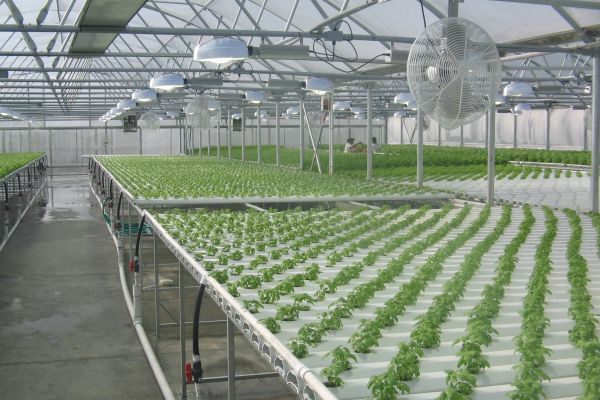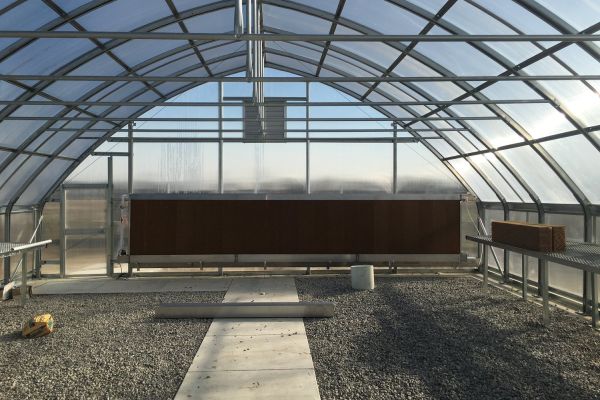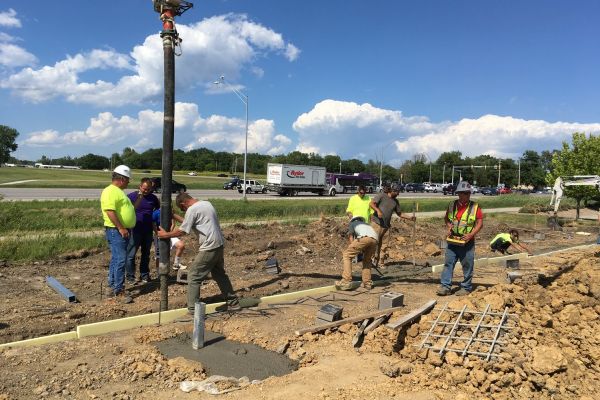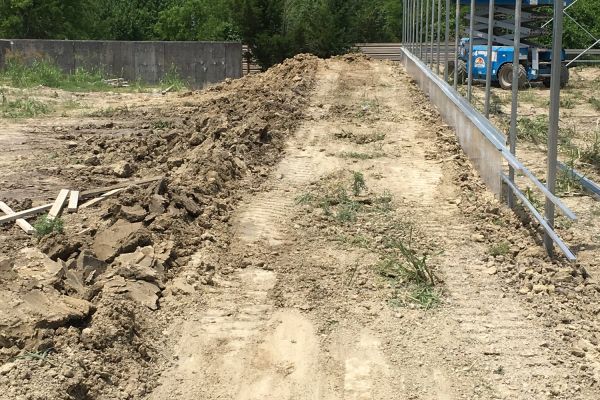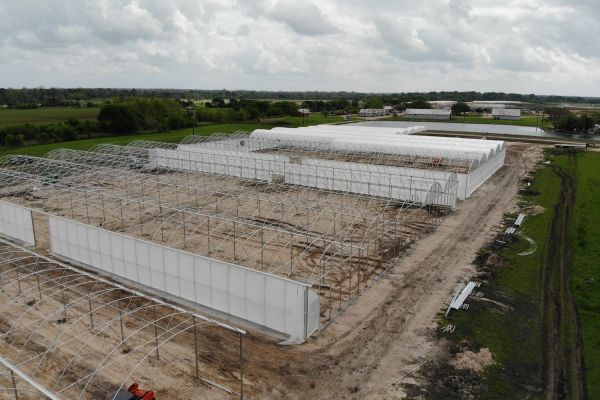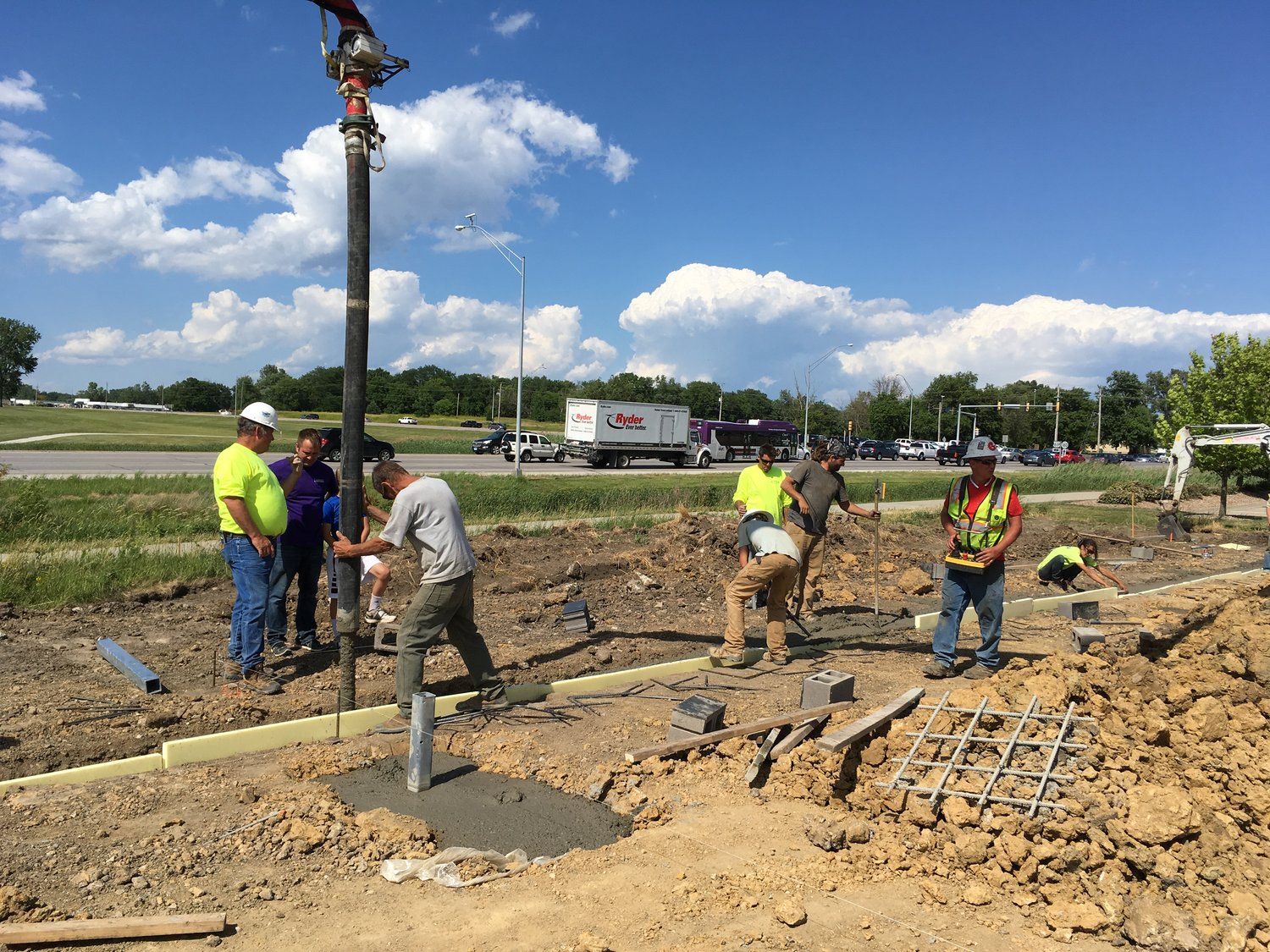
Effective Project Planning Techniques for Construction
In the realm of construction, meticulous planning lays the foundation for successful project execution. From towering skyscrapers to intricate infrastructure projects, effective project planning techniques are essential for managing resources, timelines, and budgets while ensuring quality and safety. In this blog, we delve into key strategies and methodologies that construction professionals can employ to streamline project planning and achieve optimal outcomes.
Importance of Project Planning in Construction
Before breaking ground on any construction site, thorough project planning sets the stage for success. It serves as a roadmap that guides stakeholders—from architects and engineers to contractors and subcontractors—through every phase of the project lifecycle. Effective planning not only enhances efficiency but also mitigates risks, reduces costs, and facilitates seamless coordination among teams.
Essential Techniques for Effective Project Planning
1. Define Clear Objectives and Scope
Begin by establishing clear project objectives and defining the scope of work. Identify deliverables, milestones, and measurable goals that align with client expectations. A well-defined scope ensures that all stakeholders have a shared understanding of project requirements and avoids scope creep during execution.
2. Conduct Comprehensive Risk Assessment
Identify potential risks and uncertainties that could impact the project timeline, budget, or quality. Evaluate environmental factors, regulatory requirements, and logistical challenges. Develop contingency plans and risk mitigation strategies to address unforeseen events proactively.
3. Develop a Detailed Project Schedule
Create a detailed project schedule outlining tasks, dependencies, and timelines for each phase of construction. Utilize project management software or tools like Gantt charts to visualize critical paths and allocate resources effectively. Regularly update the schedule to reflect progress, adjustments, and evolving priorities.
4. Allocate Resources Strategically
Efficient resource management is crucial for optimizing productivity and minimizing costs. Allocate labor, materials, and equipment based on project requirements and timelines. Anticipate resource needs throughout the project lifecycle and ensure availability to avoid delays or shortages.
5. Foster Communication and Collaboration
Establish clear communication channels and foster collaboration among project stakeholders. Regular meetings, progress updates, and transparent reporting enhance coordination and alignment across teams. Utilize technology for real-time communication, document sharing, and collaborative decision-making.
6. Implement Quality Assurance and Control Measures
Integrate quality assurance processes to monitor compliance with specifications, standards, and regulatory requirements. Conduct inspections, quality checks, and performance evaluations throughout construction phases. Address deviations promptly to maintain high standards of workmanship and client satisfaction.
7. Monitor Progress and Performance
Implement robust monitoring and reporting mechanisms to track project progress and performance indicators. Evaluate key metrics such as cost performance, schedule adherence, and safety records. Identify deviations early and take corrective actions to stay on track with project goals.
8. Prioritize Safety and Risk Management
Prioritize safety protocols and risk management practices to protect workers, mitigate hazards, and maintain regulatory compliance. Conduct regular safety inspections, provide training, and enforce safety protocols to create a secure work environment for all personnel.
Conclusion
Effective project planning techniques are instrumental in navigating the complexities of construction projects, ensuring efficiency, cost-effectiveness, and quality outcomes. By defining clear objectives, conducting thorough risk assessments, developing detailed schedules, and fostering collaboration, construction professionals can mitigate risks, optimize resources, and deliver projects successfully. Embracing innovative tools and methodologies further enhances project planning capabilities, enabling stakeholders to adapt to evolving challenges and drive excellence in the built environment. As the construction industry continues to evolve, adopting proactive project planning strategies remains essential for achieving sustainable growth and delivering value to clients and communities alike.
Most Popular Greenhouse Articles
